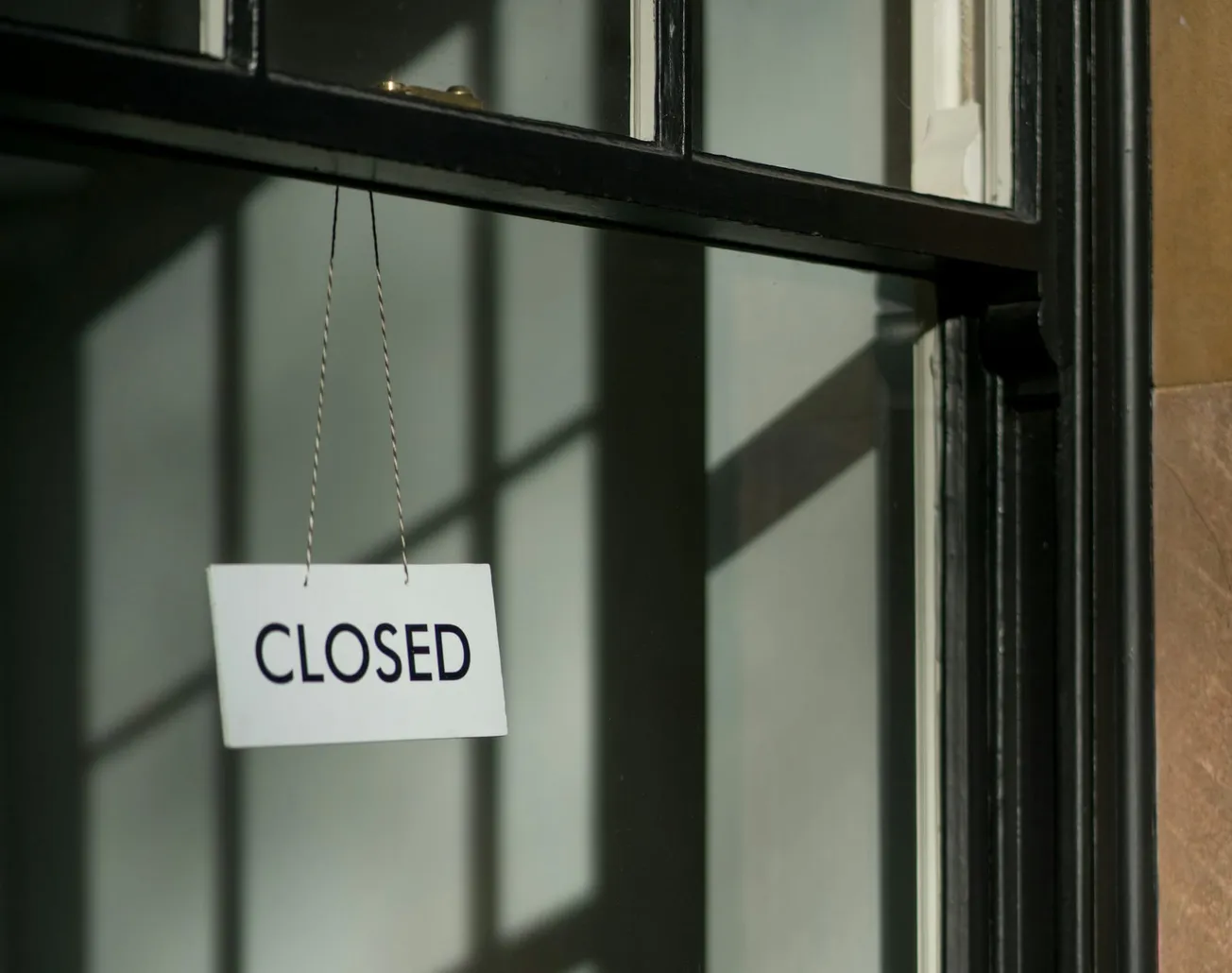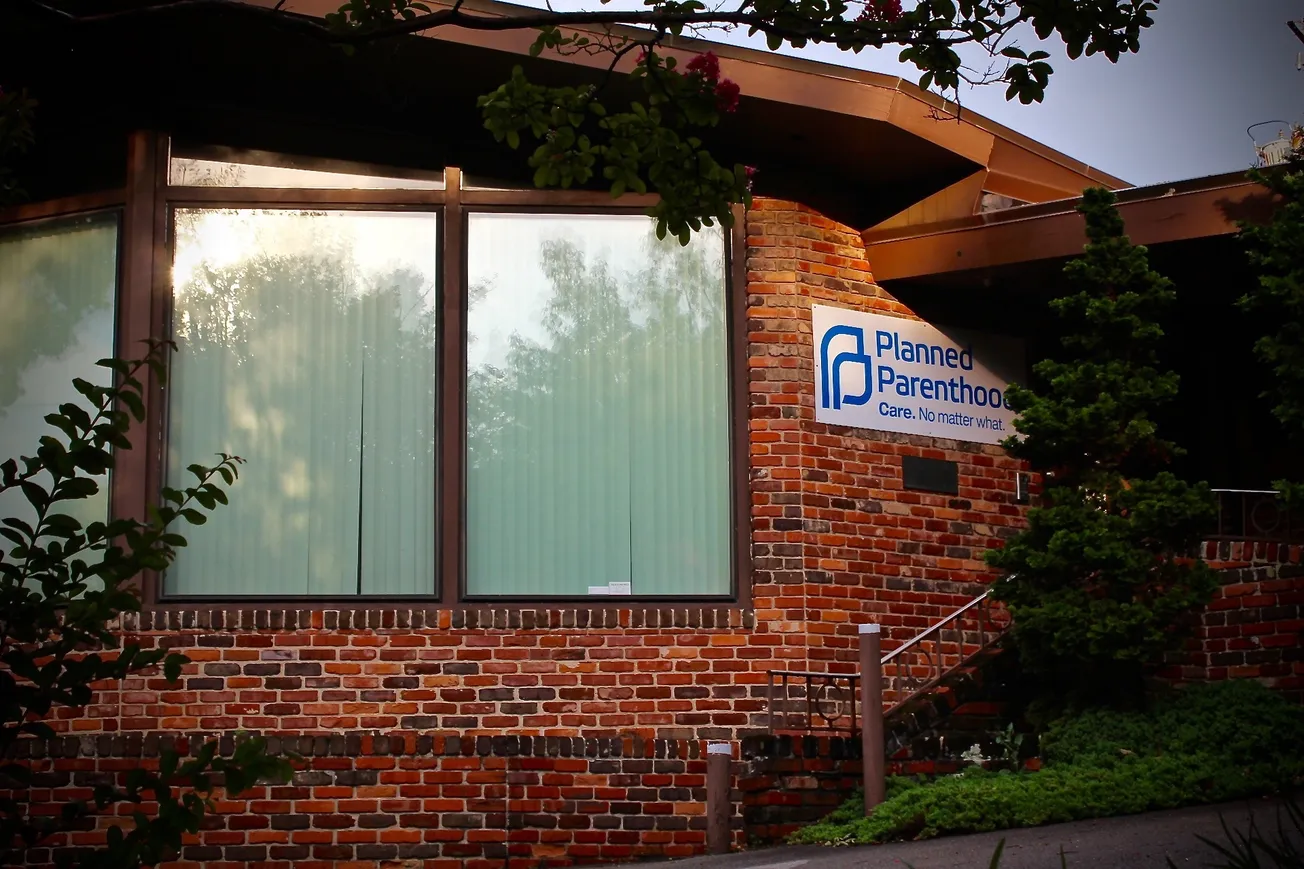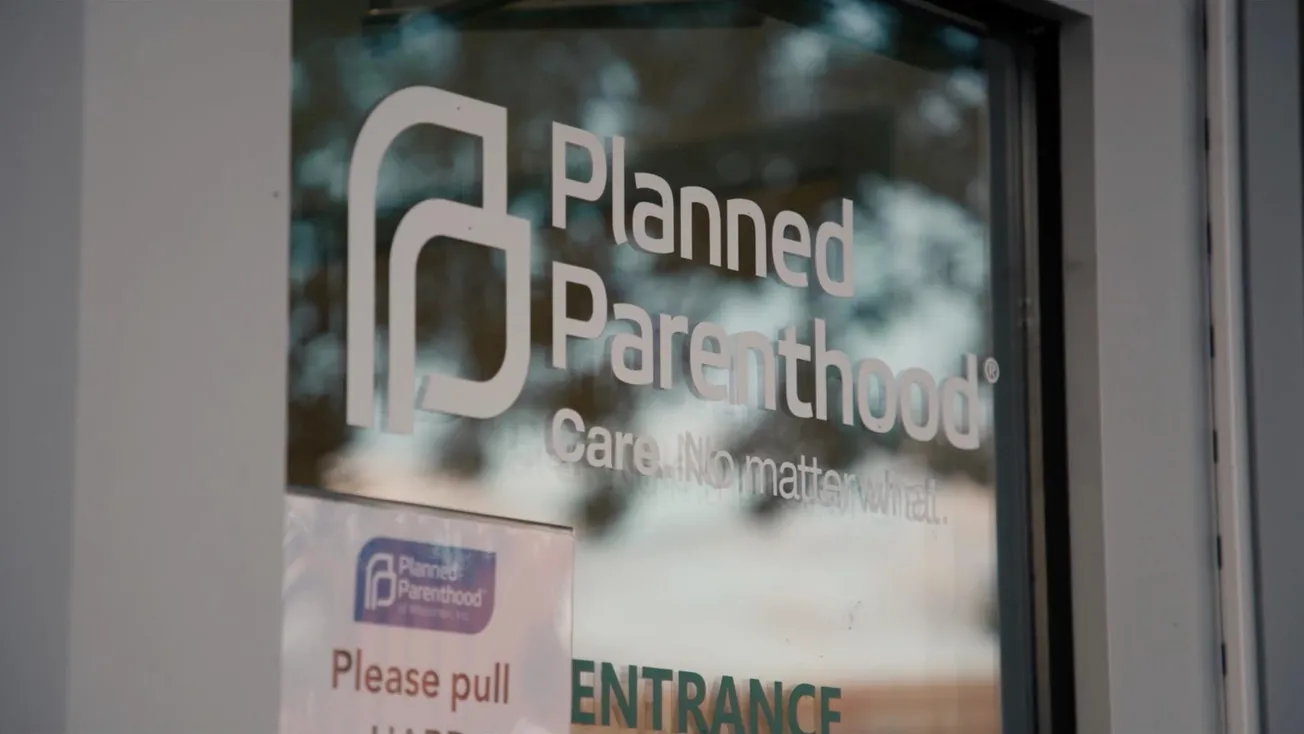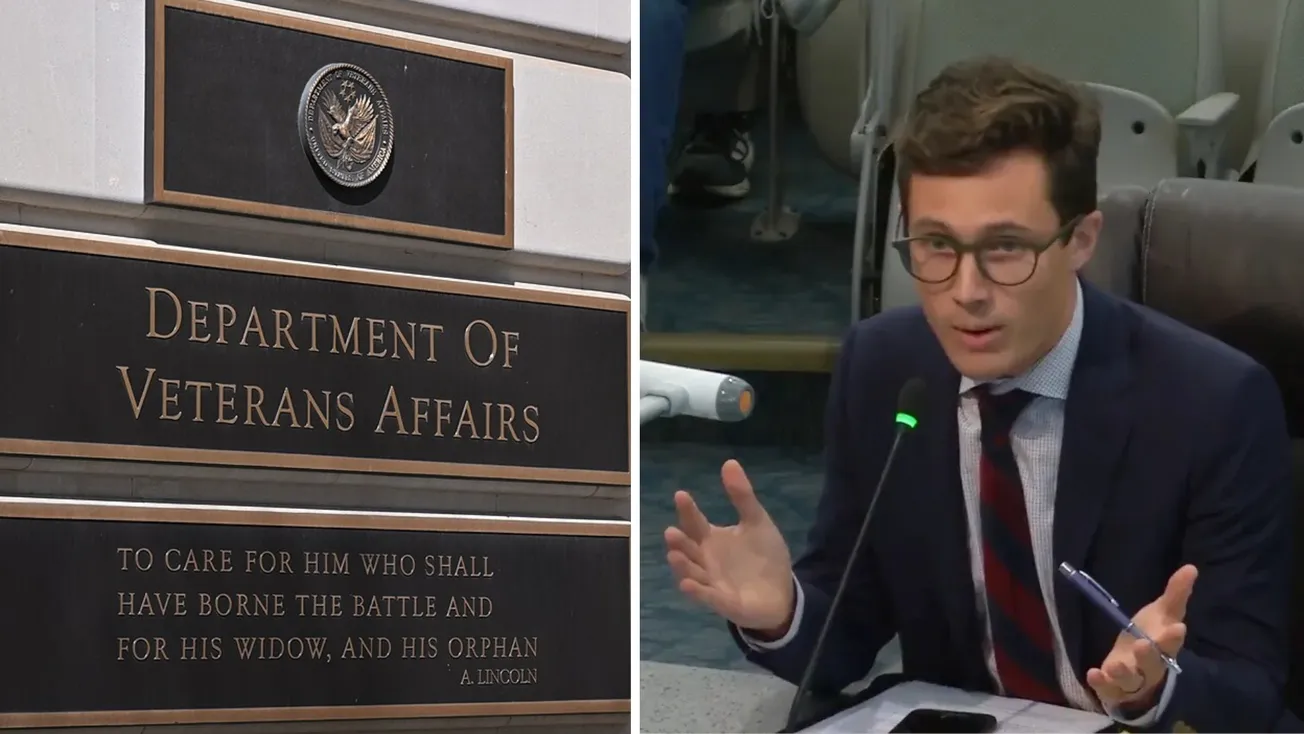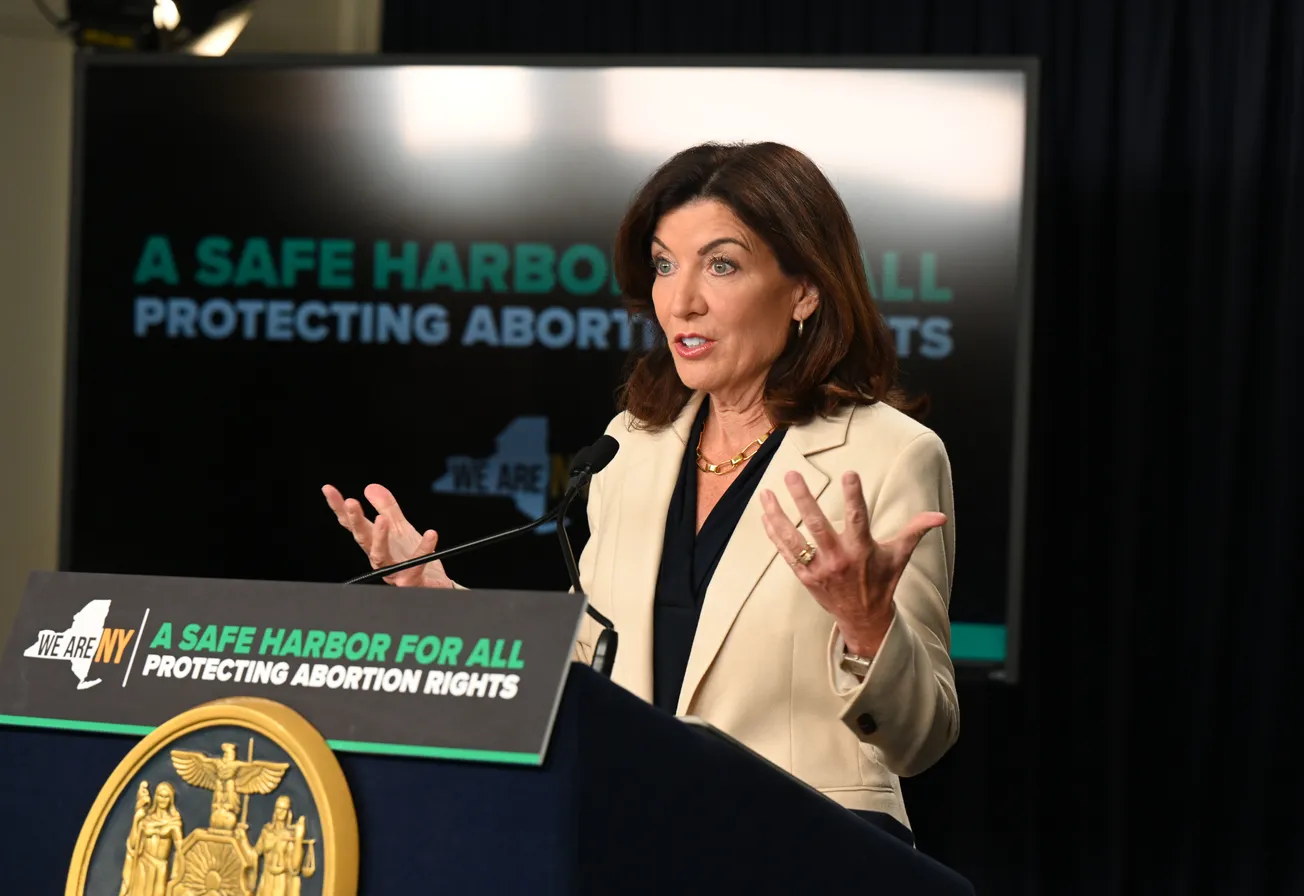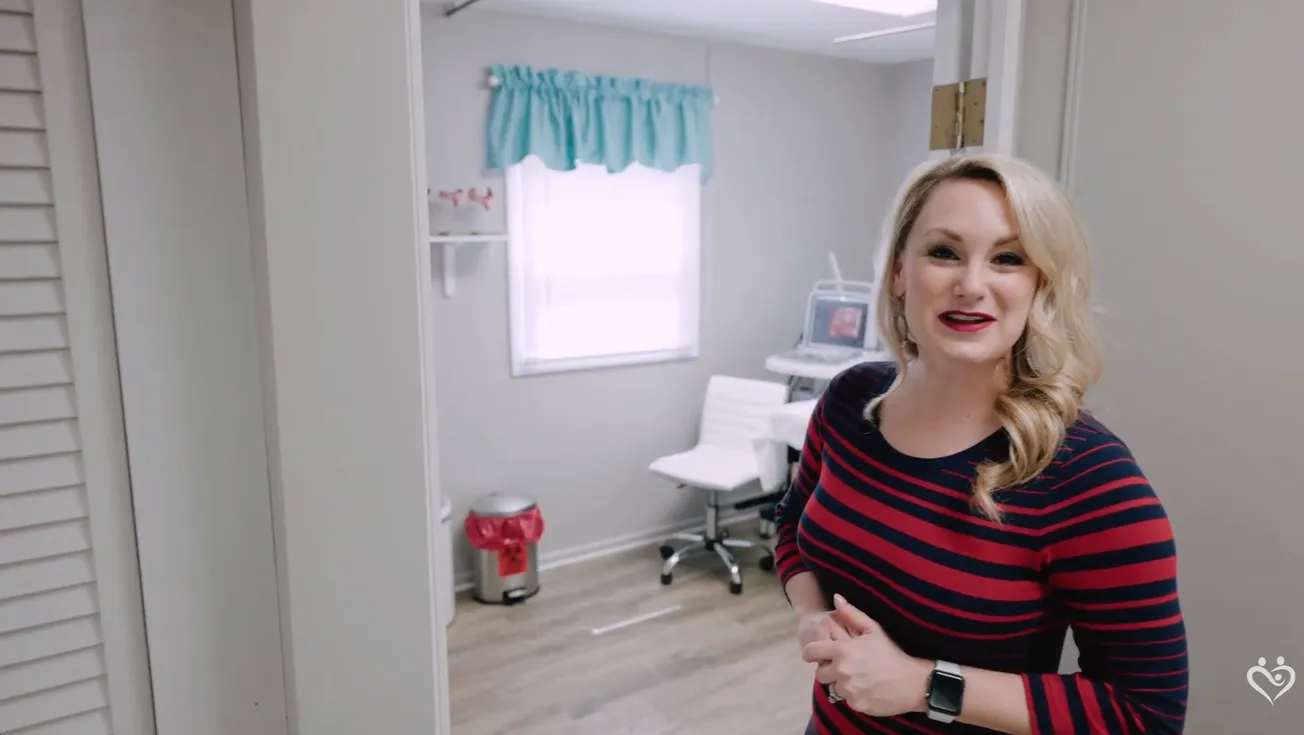When Roe v. Wade was still the law of the land, reproductive justice advocates noted that abortion may have been legal, but it was functionally inaccessible for many people. Now, thanks to the Dobbs decision, 16 states are enforcing total or near-total bans, forcing abortion seekers to travel to legal states for care or get abortion pills via mail. While abortion may be legal to an extent in 31 states and Washington, D.C., it’s not necessarily accessible. The abortion ecosystem is struggling deeply with funding reductions and clinic closures. If someone can’t get a wanted abortion due to delays and travel costs, that’s effectively a ban.
And now, a wide-ranging conservative strategy to shutter as many abortion clinics as possible may be about to pay off for abortion opponents. At least 20 Planned Parenthood clinics have announced closures so far this year. In the coming months, that number could snowball thanks to state and federal policy changes and a sinister lawsuit filed by an anonymous plaintiff. Abortion could be rendered inaccessible across vast swaths of the country where it’s still legal, not because Congress passed a prohibition, but as a result of seemingly small moves that put abortion entirely out of reach, like ending telemedicine for abortion pills.
If hundreds of clinics close, it will be harder to get an abortion appointment—and it could also be harder to get low- or no-cost birth control to prevent pregnancy. Abortions cost more and become less accessible as a pregnancy progresses, often involving multiple days of travel to reach one of the dwindling number of providers who offer care beyond the first trimester. Longer wait times and increased costs will push more patients up against gestational limits—which are bans—even in “legal” states. More people will be denied abortions.
As my astute cofounder Garnet warned in the weeks after Donald Trump won a second term, “aggressive incrementalism” can do real damage to abortion access without attracting broad outcry or mass mobilization. It’s the same story of how the right slowly chipped away at Roe—with insurance bans and waiting periods and forced ultrasounds and “reasonable limits”—until one day it was gone.
Here are the fronts in the war to ban abortion without explicitly banning abortion.
“Defunding” at the state and federal level
Last week, the Supreme Court allowed states to kick abortion providers out of Medicaid by ruling that neither a Planned Parenthood affiliate nor a South Carolina patient could sue the state for “defunding” the provider. South Carolina Gov. Henry McMaster (R) signed an executive order in 2018 declaring abortion providers unqualified to participate in Medicaid even for non-abortion services because, he claimed, allowing them to stay in “results in the subsidy of abortion.” (Notably representing South Carolina in the case was Alliance Defending Freedom, a right-wing Christian legal organization that wrote the Mississippi abortion ban the Supreme Court used to overturn Roe.) In Medina v. Planned Parenthood South Atlantic, six justices cleared the way for more conservative-led states to copy South Carolina. Other states have already passed similar laws, including Arkansas, Mississippi, Missouri, and Texas, and a total of 18 states filed an amicus brief in support of South Carolina.
“Defunding” could be coming on a national level, too. While the Hyde Amendment prohibits federal funds from being used for abortions, that doesn’t satisfy abortion opponents who want to end all government payments to abortion providers, even if they’re for birth control and STI testing. According to Planned Parenthood, 53 percent of its patients get care through publicly funded programs like Medicaid or the Title X family planning program. Planned Parenthood affiliates reported receiving $792 million in government health services reimbursements and grants, including Medicaid payments, in the fiscal year ending June 30, 2023. Halting this funding would force clinics to close—which is likely the point.
Congress is racing to pass Trump’s “big, beautiful” budget reconciliation bill this week, which would kick large abortion providers out of Medicaid for one year. Planned Parenthood has called the bill a “backdoor abortion ban” because it projects that nearly 200 of its clinics would shutter across 24 states, 90 percent of which are in states where abortion is legal. That would affect all of Planned Parenthood’s services. When it comes to abortion care, the organization said about 75 percent of its abortion-providing clinics across 12 states would be forced to close—eliminating about one in four abortion providers nationwide.
Independent provider Maine Family Planning said the bill would be “cataclysmic” for its network of 63 clinics, which includes 19 Maine Family Planning sites that primarily offer medication abortion. “The Senate’s bill is an insidious approach to banning abortion in states—like Maine—that recognize and allow abortion as essential, comprehensive sexual and reproductive health care,” CEO George Hill said in a statement to Autonomy News.
The Senate passed the bill on Tuesday by a vote of 51-50, with Vice President JD Vance breaking the tie, but it still needs to be approved by the House, which passed its own version by a single vote in May. A one-year defund was also in Trump’s 2017 reconciliation bill, which ultimately failed to pass.
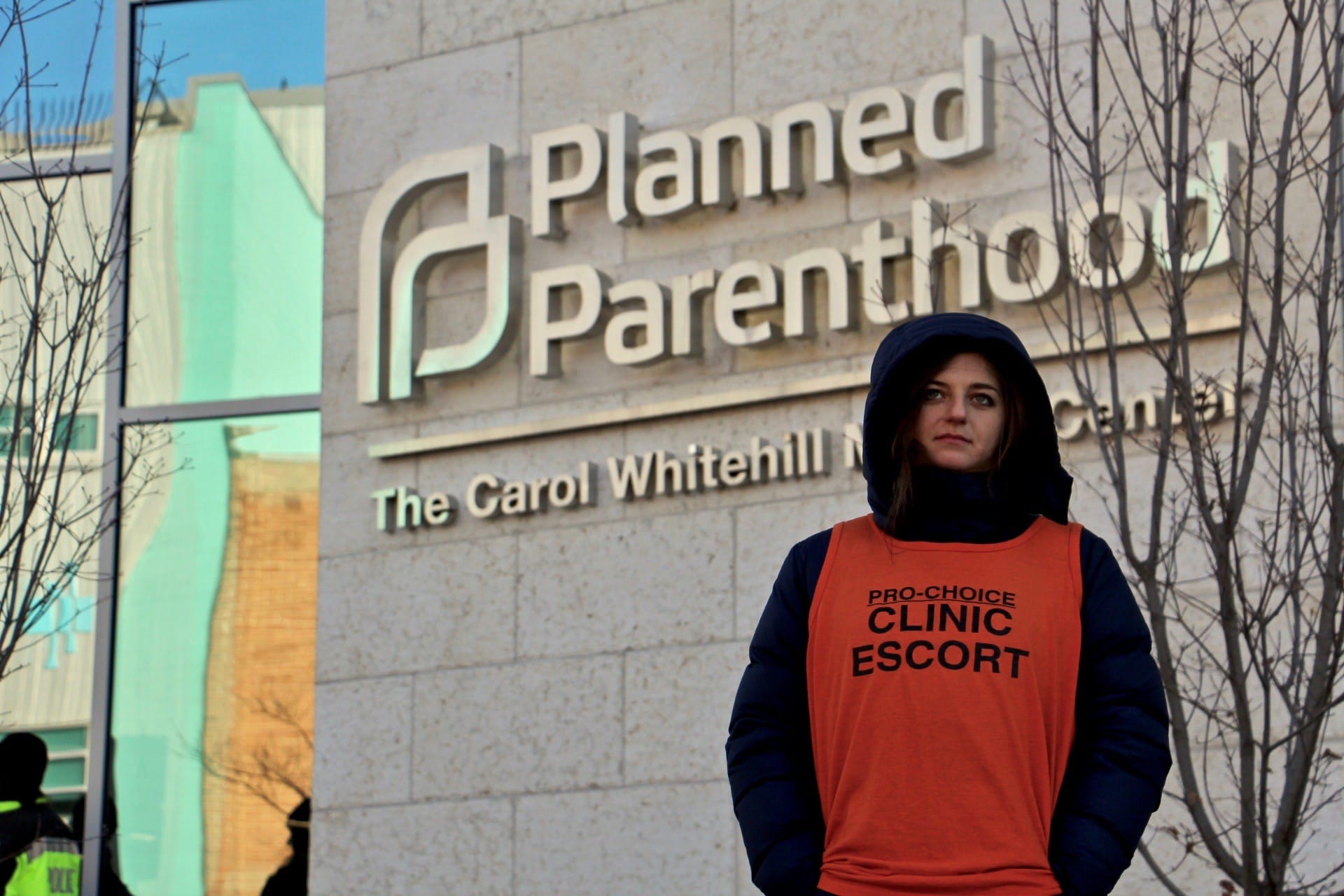
Sen. Patty Murray (D-Wash.) said in a statement on Monday that “defunding” abortion providers for any length of time would lead to shuttered clinics that are unlikely to reopen. “Any Republican who votes for this awful betrayal will have to answer for ripping away birth control, cancer screenings, and basic health exams from their constituents, many of whom will have no other place to turn for care they can afford,” Murray said.
She added that the bill serves Republicans’ ultimate goal: to ban abortion nationwide. “Defunding Planned Parenthood has been a long-sought goal of Republican anti-choice extremists who want to force women to stay pregnant no matter their circumstances,” she said. “Today, they are one step closer to this dystopian vision.”
An updated report from the nonpartisan Congressional Budget Office found that even a single year of this policy would cost taxpayers $52 million over the next 10 years. Kicking Planned Parenthood out of Medicaid would reduce access to “services that help women avert pregnancies” and cause the number of births covered by Medicaid to “increase by several thousand per year,” the CBO said during a previous “defund” attempt. It’s far more expensive to pay for childbirth than contraception.
Autonomy News previously reported that Planned Parenthood Federation of America may be preparing to let affiliates apply for waivers to halt abortion care so they could continue accepting Medicaid. Such a move would also result in a net loss of abortion clinics.
Anti-abortion groups have long argued that “defunding” is about ending public funding of clinics that separately provide abortion. But now that the policy is close to reality, some seem to admit it’s about shuttering those clinics entirely. Here, the prominent anti-abortion group Live Action implies that the goal of “defunding” is indeed a backdoor abortion ban:
Now that it’s on the precipice of happening, however, the mask is coming off. Here’s a prominent group implying that the goal of “defunding” is a backdoor abortion ban
— Susan Rinkunas (@susanrinkunas.com) Jun 26, 2025 at 10:25 PM
[image or embed]
Importantly, even if the budget bill fails, other avenues remain: Project 2025 calls for the Health and Human Services Department to issue federal regulations to disqualify abortion providers from Medicaid.
The Trump Administration is attacking other funding sources as well. In April, it froze about $66 million in Title X family planning funds already allocated to clinics including Planned Parenthood affiliates, and independent providers including Maine Family Planning. Title X grants support access to low- and no-cost birth control, cancer screenings, and STI testing—and that money is also critical to keeping doors open. The administration is currently withholding $20.6 million in Title X funds to Planned Parenthood affiliates alone. Two Planned Parenthood clinics in Utah have closed, and another will shutter in Ohio as a direct result of the pauses.
While the Title X freeze is temporary, Trump is expected to exclude abortion providers from the program altogether for future grant cycles, like he did in his first term.
An earthquake lawsuit
Hours after Thursday’s Supreme Court ruling, an appeals court breathed new life into a “whistleblower” lawsuit that could bankrupt Planned Parenthood’s national umbrella organization. The Fifth Circuit Court of Appeals said it would re-hear an appeal in a case that baselessly claims Planned Parenthood Federation of America and several affiliates defrauded Texas’ Medicaid program.
In United States ex rel. Doe v. Planned Parenthood Federation of America, Alex Doe accuses Planned Parenthood of violating the federal False Claims Act by improperly billing Texas Medicaid for $17 million in non-abortion services provided during yearslong litigation over whether it could remain in the program. The suit, later joined by Texas Attorney General Ken Paxton, seeks $1.8 billion in penalties. In February, a three-judge panel said PPFA was immune from the suit, but then the anonymous plaintiff asked for a hearing before the full court and that request was approved.
Doe filed the suit in 2021 in Amarillo, Texas, where Planned Parenthood doesn’t have a single clinic, but where he was guaranteed to draw anti-abortion Judge Matthew Kacsmaryk. Who is this savvy litigant? Both KFF Health News and The Guardian revealed Alex Doe to be David Daleiden, the anti-abortion activist who in 2015 falsely accused Planned Parenthood of profiting from the sale of fetal tissue for scientific research. Daleiden’s organization, the Center for Medical Progress, released deceptively edited sting videos that resulted in several fruitless investigations of Planned Parenthood, though they did lead states, including Texas and South Carolina, to kick the healthcare provider out of Medicaid. Now, he’s weaponizing the Texas Medicaid policy change to try to shut down multiple Planned Parenthood affiliates, and perhaps the entire organization.

Before the arguments in Medina, Elizabeth Sepper, a professor at the University of Texas School of Law and a scholar on religious liberty and health law, predicted a horrifying possibility. If the Supreme Court sided with South Carolina—which it did—a litigant could replicate Daleiden’s arguments to sue Planned Parenthood South Atlantic, claiming it needs to repay any reimbursements for Medicaid services rendered since 2018, plus damages. Such a lawsuit could decimate the two remaining Planned Parenthoods in the state that provide essential healthcare services, including abortions until six weeks of pregnancy, as well as the entire PPSAT affiliate, which has 14 health centers across North Carolina, South Carolina, Virginia, and West Virginia.
The Doe lawsuit and any potential copycats that could bankrupt Planned Parenthood are part of an organized campaign that has been in the works for years, with legal assistance from judicial activist Leonard Leo, as well as Alliance Defending Freedom and Students for Life, per a book from New York Times reporters. PPFA’s general counsel said in an August 2023 statement about the Doe suit that “the plaintiffs’ only goal in this case is to achieve their decades-long goal of shutting down Planned Parenthood to advance a political agenda.” What could be a death blow to Planned Parenthood started with propaganda videos released a decade ago.
Restrict abortion pills, force people into clinics
Access to abortion pills has been a bright spot post Dobbs, but that may also change soon. The Trump administration and right-wing litigants are trying to drastically limit access to abortion pills, including by ending telehealth prescriptions. That result would also serve to overwhelm remaining clinics.
The number of abortions has actually increased after the fall of Roe, in part due to telemedicine prescriptions and “shield laws” permitting physicians to mail pills to people in states with bans. A new report from the Society of Family Planning found that, by the end of 2024, one in four abortions in the US were done via telemedicine with pills. That’s more than 23,000 telehealth abortions per month, and 12,000 of them provided under shield laws. (The data includes clinician-provided abortions and does not include people self-managing their care with pills, so it is likely an undercount.)
In response to the SFP report, Susan B. Anthony Pro-Life America President Marjorie Dannenfelser told reporters that her organization will keep pushing Health Secretary Robert F. Kennedy Jr. to review the safety of mifepristone and require that it only be dispensed in person. SBA Pro-Life is one of the many groups that have latched onto a flawed report from the Ethics & Public Policy Center claiming that mifepristone is unsafe.
Some anti-abortion groups are hopeful that the Trump administration will misuse the Comstock Act of 1873 to halt the mailing of abortion pills. Other conservatives, meanwhile, are targeting the shield laws themselves, via a lawsuit in Texas and criminal charges in Louisiana, both targeting the same doctor.
If a sizable portion of those 23,000 monthly telehealth abortions are forced back into the shrinking number of clinics, it could flood the providers, who are already hanging on by a thread.
The increasing number of patients at clinics could also face more harassment. Republicans are making it clear that they condone protests that obstruct abortion seekers getting care at clinics, another vehicle for making abortion inaccessible without necessarily making it illegal. During his first week in office, Trump pardoned 23 people convicted of violating the Freedom of Access to Clinic Entrances Act, a 1994 law passed after extremists murdered a Florida abortion provider and bombed clinics. The Trump administration also said it wouldn’t enforce the FACE Act except in cases involving death or serious property damage. GOP lawmakers are currently considering a bill to repeal the law entirely. Abortion providers now fear more disruptions and attacks that will limit people’s ability to get in-clinic care.
Plus, people using abortion pills in all 50 states risk being arrested on charges related to their handling of fetal remains. This is already happening in states where abortion is still legal, and it happened before the Dobbs decision. One recent criminalization case out of Pennsylvania involved a mom and her teen who reportedly ordered pills after they were turned away by a clinic that didn’t provide care up to the state’s limit. Fewer abortion clinics will lead to more denied abortions and more desperate abortion seekers.
A slow drip of suffering
If the budget bill is signed into law, it could shutter a quarter of all abortion providers nationwide, but that might not even be the biggest headline of the day. The focus will likely (and rightfully) be on the nearly 12 million low-income people who will lose their insurance over the next 10 years in order to pay for tax cuts for the wealthiest among us. And in a few weeks or months the Department of Health and Human Services could announce changes to abortion pill regulations.
This is how the right can whittle away access to nothing. Death by a thousand cuts once more. “People will shrug it off. Look, they’ll say, he’s not pursuing a national ban, it’s fine. They’ll be distracted by other atrocities like mass deportation,” Autonomy News cofounder Garnet said in November. “This is exactly what happened in the leadup to Dobbs; what was about to happen was painfully obvious to everyone who knew where to look. Everyone else was oblivious. There wasn’t mass mobilization until it was too late. Those who tried to warn others were dismissed as shrill and melodramatic.”
Sure, eventually the anti-abortion movement will ask the Supreme Court to recognize that life begins at fertilization and abolish all abortions. But we are careening toward a not-so-distant future where abortion is just a right on paper, even in the states where it is presently still legal. This is not a hysterical prediction: It’s something that Americans in roughly half the country already lived in the lead-up to Dobbs, and an outcome that’s sadly much more likely than not.
This story was edited by Garnet Henderson and copy edited and fact checked by Hannah Rappleye.


